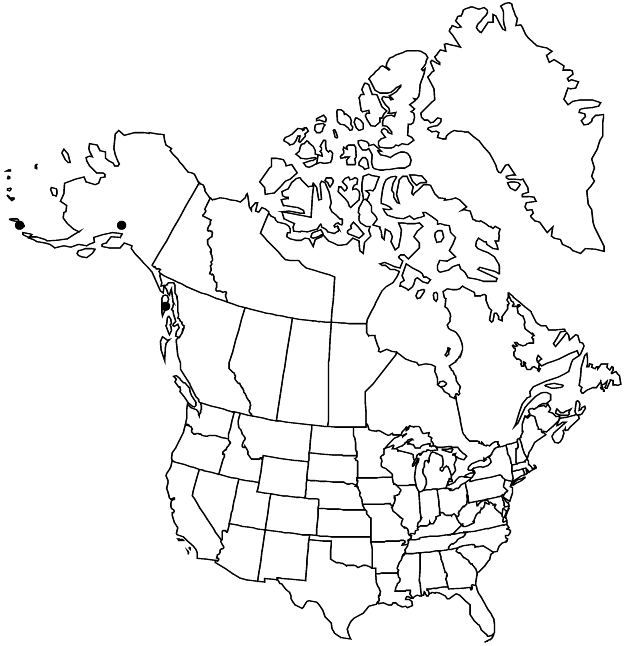Difference between revisions of "Stellaria ruscifolia"
Ges. Naturf. Freunde Berlin Mag. Neuesten Entdeck. Gesammten Naturk. 7: 194. 1816.
FNA>Volume Importer |
imported>Volume Importer |
||
| (One intermediate revision by the same user not shown) | |||
| Line 51: | Line 51: | ||
|publication year=1816 | |publication year=1816 | ||
|special status= | |special status= | ||
| − | |source xml=https:// | + | |source xml=https://bitbucket.org/aafc-mbb/fna-data-curation/src/2e0870ddd59836b60bcf96646a41e87ea5a5943a/coarse_grained_fna_xml/V5/V5_236.xml |
|subfamily=Caryophyllaceae subfam. Alsinoideae | |subfamily=Caryophyllaceae subfam. Alsinoideae | ||
|genus=Stellaria | |genus=Stellaria | ||
Latest revision as of 22:09, 5 November 2020
Plants perennial, forming small to moderate clumps, from elongate rhizomes. Stems erect, branched, 4-angled, 3–20 cm, glabrous. Leaves sessile; blade ovate to broadly lanceolate, widest below middle, 0.4–2 cm × 2–6 mm, coriaceous, base round, margins entire, apex acuminate, spinous, glabrous. Inflorescences with flowers solitary, subterminal in axils of foliage leaves, or terminal, 2–5-flowered cymes; bracts (when present) lanceolate, distally reduced, 3–14 mm, herbaceous, margins scarious, apex acuminate. Pedicels stiffly erect, 5–40 mm, glabrous. Flowers 10–13 mm diam.; sepals 5, 3-veined, lanceolate, 4.5–6 mm, margins narrow, scarious, apex acute, glabrous or sparsely pilose; petals 5, 5–7 mm, 1–1.5 times as long as sepals, blade apex with lobes oblanceolate; stamens 10, in 2 whorls; styles 3(–4), ascending and outwardly curved, 2 mm. Capsules olive green, ovoid, 4–6 mm, equaling and enclosed in sepals, opening by 6(–8) valves; carpophore absent. Seeds brown, reniform-rotund, 0.8–1.2 mm, rugose.
Phenology: Flowering summer.
Habitat: Tundra, gravelly places
Elevation: 0-1100 m
Distribution

Alaska, Asia (Russian Far East).
Discussion
North American material of Stellaria ruscifolia is variable but tends to be more compact and smaller than that from the Russian Far East. It is referable to subsp. aleutica. It appears to be a relative of S. longipes, and some forms of the latter with wider leaves (S. crassipes) are very similar but do not have the coriaceous, more or less prickly leaves.
Selected References
None.